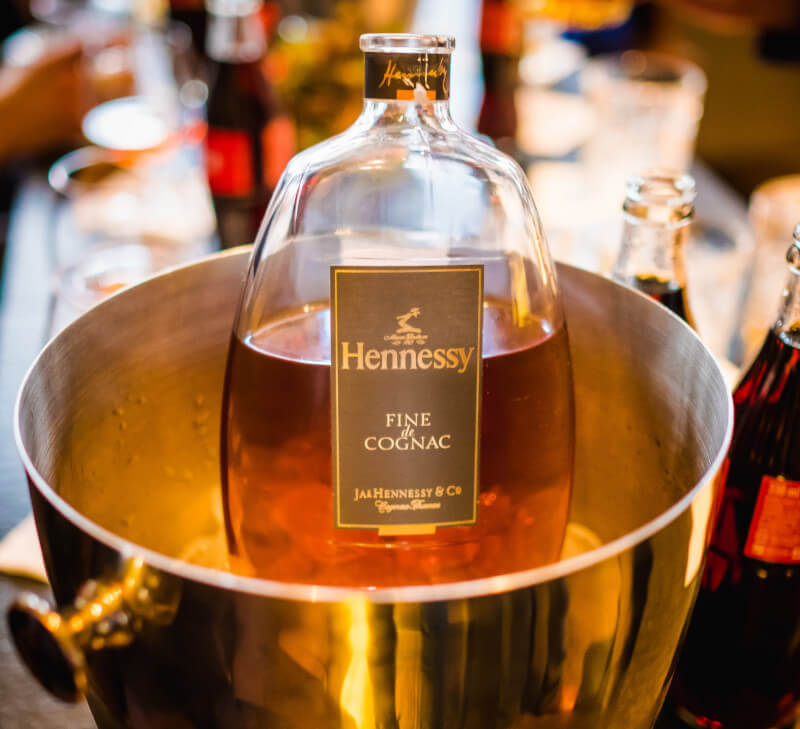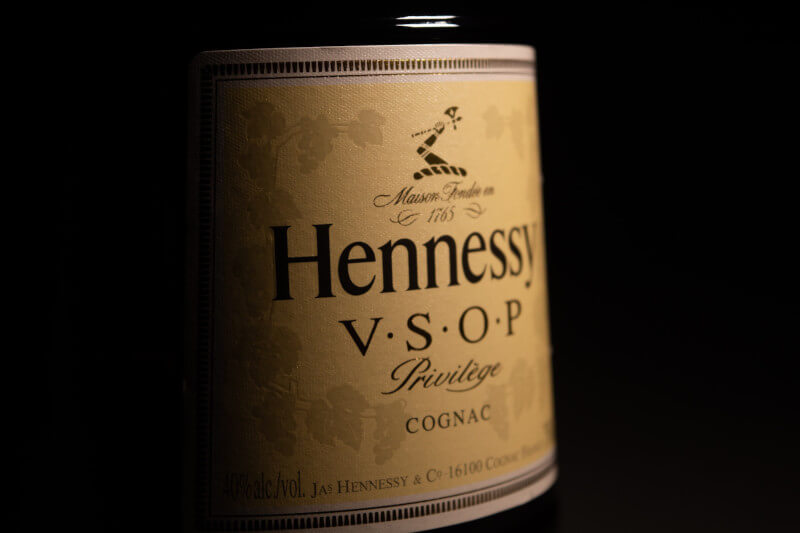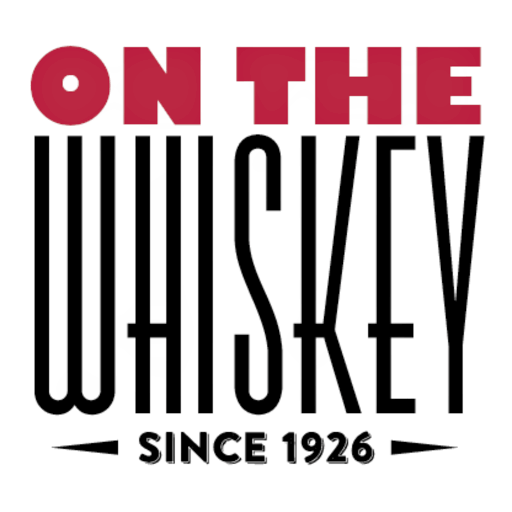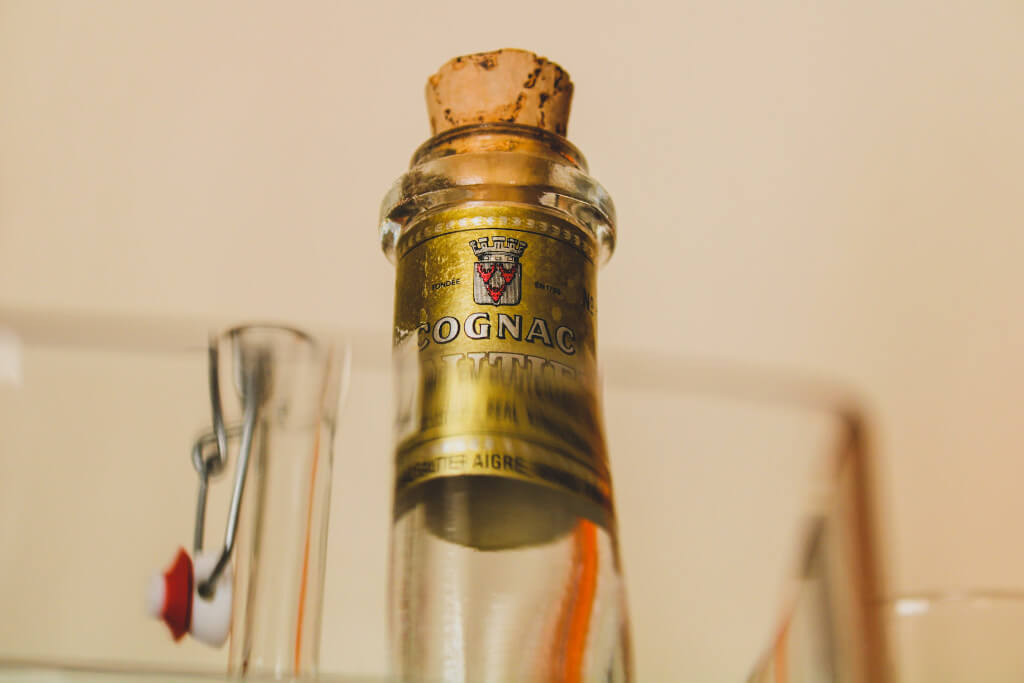The Cognac region of France is the birthplace of the brandy known as Cognac, which is revered around the world for its smooth taste and opulent appearance. The brands Dusse and Hennessy are two of the most well-known in this category. What differentiates these two companies, both of which compete for the attention of experts and enthusiasts? Let’s dive into a thorough evaluation of these two prestigious names.
The History of These Cognacs
The cognac brand Dusse, introduced in 2012 thanks to the efforts of Sovereign Brands, has quickly become a market favorite. The original concept for this cocktail belonged to Michel Casavecchia. Château de Cognac, where it all began, is a two-hundred-year-old building known for making premium cognac. One notable change came when Jay-Z and Bacardi joined the picture and began co-managing the company alongside Sovereign Brands.
Richard Hennessy, an Irishman who served in King Louis XV’s army, started the Hennessy dynasty in 1765. In 1813, his son James renamed the company Jas. Hennessy & Co. hired Jean Fillioux to serve as Master Blender. The Fillioux family has been at the helm of the company for almost 250 years, and this position has become hereditary. With yearly sales of around 70 million bottles and a commanding 60% share of the U.S. cognac industry, Hennessy has firmly established its place on the world stage.
Elements and Components in Dusse and Hennessy
Dusse and Hennessy both use high-quality Eaux de Vie distilled from Ugni Blanc grapes, yet, even with this common foundation, Dusse and Hennessy part ways when it comes to their specific recipes. Each brand employs a unique blend of Eaux de Vie derived from different regions. Regions like Fins Bois, Borderies, Petit Champagne, and Grand Champagne are recognized for their exceptional grape produce. It’s this selection and combination of Eaux de Vie from these areas that grant each cognac its distinctive character.
Taking a closer look at these regions:
- Fins Bois: This region offers grapes that yield round and full-bodied Eaux de Vie. The spirit from this region matures relatively quickly and exhibits a fruity character, which often contributes to the foundational notes in cognacs.
- Borderies: Grapes from Borderies impart a delicate, floral nuance to the cognac. They tend to bring forth hints of violets and lend a certain softness to the final blend.
- Petit Champagne: The Eaux de Vie from Petit Champagne is robust and long-lasting. Grapes from this region add depth and complexity, often introducing a slightly nutty or toasty undertone to the cognac.
- Grand Champagne: Often regarded as the crème de la crème of cognac regions, Grand Champagne produces Eaux de Vie with unparalleled finesse and elegance. The grapes from this region elevate the cognac, adding layers of aromatics and a long, lingering finish.
The choices Dusse and Hennessy make in selecting their blend of Eaux de Vie from these regions determine the final taste, aroma, and mouthfeel of their respective cognacs. While both brands share the esteemed Ugni Blanc grape as their starting point, the variations in their blending process lead to two distinct and celebrated flavor profiles in the world of premium cognacs.
Crafting Of The Cognac

The creation of cognac is an art. Both brands follow a rigorous process:
- Pressing: Grapes are gently pressed, ensuring only the finest juices are extracted without any additives.
- First Distillation: The initial fermentation yields a basic liquid that undergoes distillation, where alcohol vapors are separated, condensed, and transformed into “brouillis” with a 30% ABV.
- Second Distillation: This step refines the liquid further, segregating the essence (heart) from undesirable elements (head and tails).
- Casking: Oak barrels play host to the liquid for varying durations, with newer barrels infusing stronger tannin notes.
- Aging and Bottling: The final and most crucial step sees the cognac mature, gaining its unique aroma and flavor before bottling. For instance, while Dusse VSOP is aged for about four and a half years, both Hennessy VSOP and XO see four years in French Oak casks.
The Colour Profile
It’s not all about the taste; presentation is important too. The dark mahogany tones of the XO variety contrast with the copper and amber tones of the VSOP. On the other hand, Hennessy’s VSOP shows a range from pale to deep copper, and its XO version is a deep amber color.
The Flavor Notes
The Château de Cognac Dusse VSOP is a symphony of flavors, and one sip will show you why. Some people report smelling floral overtones among the more pronounced cinnamon and wood tones. Complexity is added by layers of dried fruit, honey, spices, and nuts.
Privilege VSOP from Hennessy is irresistible thanks to its blend of apricot and apple with warming spices like cinnamon and clove. The experience is elevated by the subtle undertones of vanilla, wood, and candied fruit seen in other types.
Percentage of Alcohol
The alcohol content of both Dusse and Hennessy is 40%. It attests to their sturdy nature and emphasizes the importance of moderation.
A brand’s success can be measured in part by the breadth of its product offering. Hennessy has been around for nearly 200 years, and their list of products is as long as its name: Hennessy V.S., Richard Hennessy, Hennessy Paradis Imperial, and more. For such a young brand, Dusse has already introduced not one but two distinct expressions: Dusse VSOP and Dusse XO.
Comparative Analysis: Dusse vs. Hennessy – Pricing Dynamics

A marked difference in the pricing structure between Dusse and Hennessy becomes evident when we consider the cost for the same volume. Dusse’s pricing is relatively more affordable than Hennessy’s, largely attributed to its limited variety coupled with a lengthier aging process.
However, a contrasting note to consider is the pricing of their XO variants. A bottle of Hennessy XO is typically priced around $230, whereas its counterpart from Dusse, the Dusse XO, stands at approximately $250. To provide clarity on the pricing spectrum between these two luxury cognac brands, find a table representation below:
| Serial No | Brand & Type | Volume | Price (in dollars) |
|---|---|---|---|
| 1 | Dusse VSOP | 750ml | 59.99 |
| 2 | Dusse VSOP | 375 ml | 30.79 |
| 3 | Hennessy VSOP | 750ml | 50.99 |
| 4 | Hennessy VS | 750ml | 38.99 |
| 5 | Hennessy VS | 375ml | 19.99 |
Details in The Packaging
Presentation is equally as important as flavor when it comes to branding. The black bottle of Dusse XO is adorned with a silver Cross of Lorraine, a symbol of French bravery. On the other hand, Hennessy chooses a clear bottle adorned with intricate carvings and the brand’s insignia, allowing the cognac to shine in all its brilliance.
Both Dusse and Hennessy provide connoisseurs of the spirit a wonderful experience, but the subtle distinctions between them make each bottle special. Both companies claim to take you on a journey through time and workmanship, whether you’re celebrating an occasion or treating yourself to a quiet evening.

